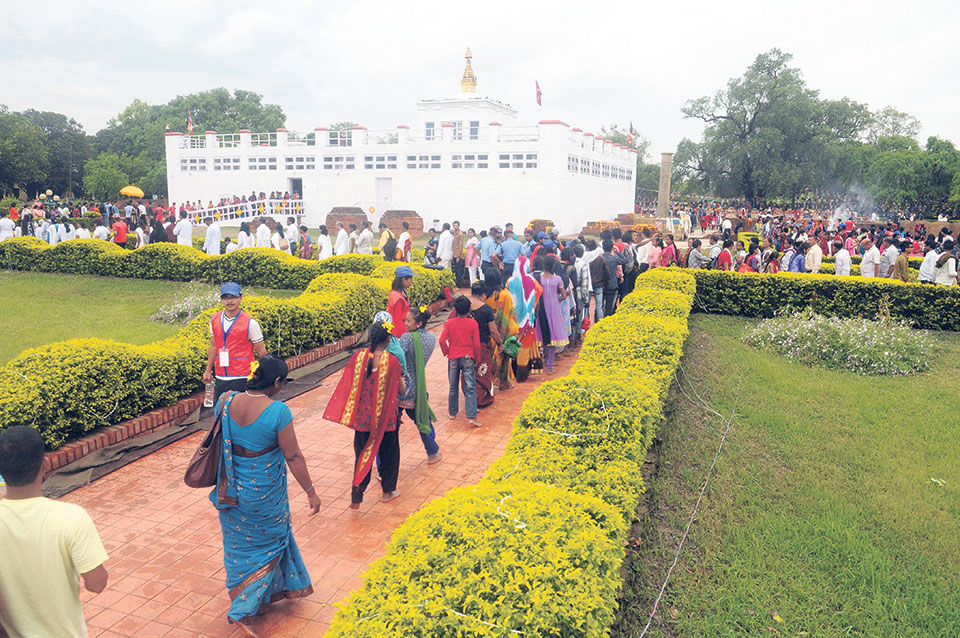
KATHMANDU, Mar 7: What comes to your mind when you hear about Lumbini? Certainly peace and serendipity as it is the birthplace of Lord Buddha. Lumbini has developed as one of the most famous tourist destinations in Nepal. More than a million domestic as well as foreign tourists, including Buddhists pilgrims, visit Lumbini every year. The Greater Lumbini Buddhist Circuit includes historical places connected with Lord Buddha’s lifecycle. Everyone should have a tour of the Lumbini Buddhist Circuit at least once in their life. Buddha’s birthplace has been a topic of debate for long, so why not visit the greater Lumbini Buddhist Circuit of Nepal to know more about Buddha and Buddha’s lifecycle. Here are some recommended places to pay a visit.
Lumbini
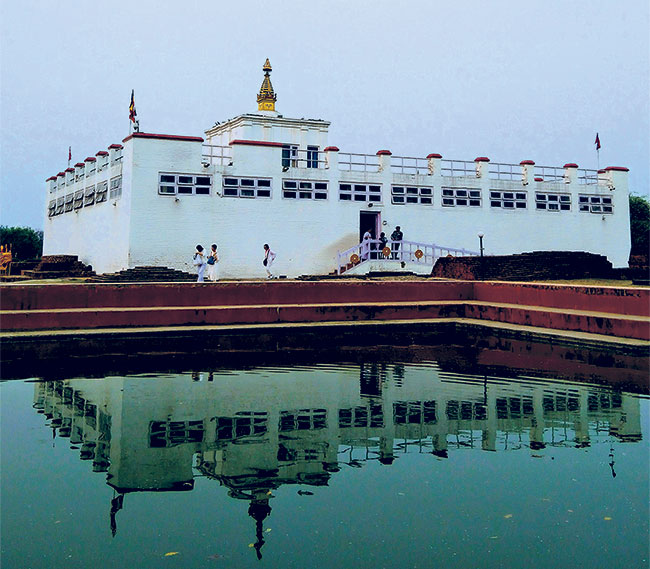 Lumbini located at Rupandehi district is the birthplace of Shakyamuni Buddha. The major attraction of Lumbini is the Mayadevi Temple, Ashoka Pillar and Puskarini Pond, along with more than 29 international monasteries of both Theravada and Mahayana sects, Lumbini museum, World Peace Pagoda and other cultural as well as Buddhists heritages. Every year, around 90 percent of tourists visits Lumbini.
Lumbini located at Rupandehi district is the birthplace of Shakyamuni Buddha. The major attraction of Lumbini is the Mayadevi Temple, Ashoka Pillar and Puskarini Pond, along with more than 29 international monasteries of both Theravada and Mahayana sects, Lumbini museum, World Peace Pagoda and other cultural as well as Buddhists heritages. Every year, around 90 percent of tourists visits Lumbini.
Kapilvastu
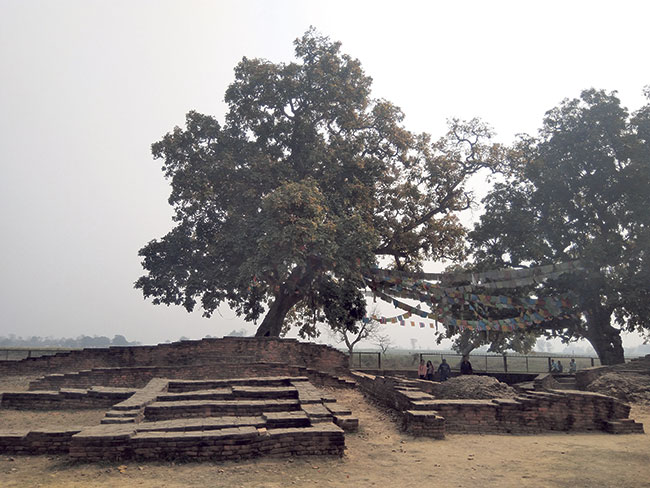 Kapilvastu district is the hometown of Prince Shiddhartha Gautam where he spent 29 years of his worldly life. The major attraction of Kapilvastu is Tilaurakot, the ancient capital of Shakya Kingdom. Several excavations and research have found fort wall, pond to the north-east side, central wall and structural complex, eastern gate, Stupa, and recently, southern gate of the palace was found at Tilaurakot.
Kapilvastu district is the hometown of Prince Shiddhartha Gautam where he spent 29 years of his worldly life. The major attraction of Kapilvastu is Tilaurakot, the ancient capital of Shakya Kingdom. Several excavations and research have found fort wall, pond to the north-east side, central wall and structural complex, eastern gate, Stupa, and recently, southern gate of the palace was found at Tilaurakot.
Kudan
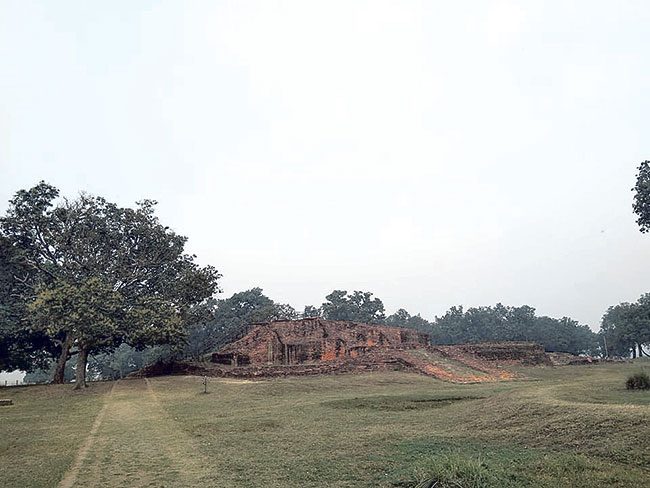 Kudan is the place where Shakyamuni Buddha met his family members for the first time and gave his discourse to them. There are four Stupas inside Kudan. The first Stupa is known as Rahula Stupa where Rahula, son of Siddhartha Gautam, received lessons from Buddha’s disciple Sariputra. Recently, the locals built a statue of Lord Shiva in the area. Similarly, the second Stupa is the place where Buddha met with his father for the first time after receiving enlightenment and gave Panchashila to his father. The third Stupa is where Buddha’s mother offered Kashaya Vastra and Yashodhara (Siddhartha Gautam’s wife) invited Buddha for a meal. Likewise, the ancient wells and Nyigrodharama pond are some of the main attractions of the place.
Kudan is the place where Shakyamuni Buddha met his family members for the first time and gave his discourse to them. There are four Stupas inside Kudan. The first Stupa is known as Rahula Stupa where Rahula, son of Siddhartha Gautam, received lessons from Buddha’s disciple Sariputra. Recently, the locals built a statue of Lord Shiva in the area. Similarly, the second Stupa is the place where Buddha met with his father for the first time after receiving enlightenment and gave Panchashila to his father. The third Stupa is where Buddha’s mother offered Kashaya Vastra and Yashodhara (Siddhartha Gautam’s wife) invited Buddha for a meal. Likewise, the ancient wells and Nyigrodharama pond are some of the main attractions of the place.
Gotihawa
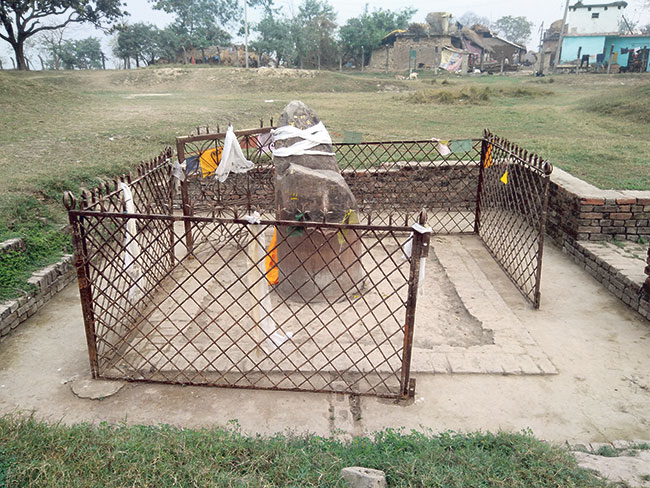 Gotihawa is the birthplace of Krakuchhanda Buddha where he received enlightenment and died. King Ashoka has built a pillar here as a mark of Krakuchhanda Buddha’s birth and his lifecycle. Though the pillar has been broken since long and there is a belief that Buddha received enlightenment in the place but did not spread it here. Gotihawa is also home to a relic stupa, ancient wells and ancient ponds.
Gotihawa is the birthplace of Krakuchhanda Buddha where he received enlightenment and died. King Ashoka has built a pillar here as a mark of Krakuchhanda Buddha’s birth and his lifecycle. Though the pillar has been broken since long and there is a belief that Buddha received enlightenment in the place but did not spread it here. Gotihawa is also home to a relic stupa, ancient wells and ancient ponds.
Niglihawa
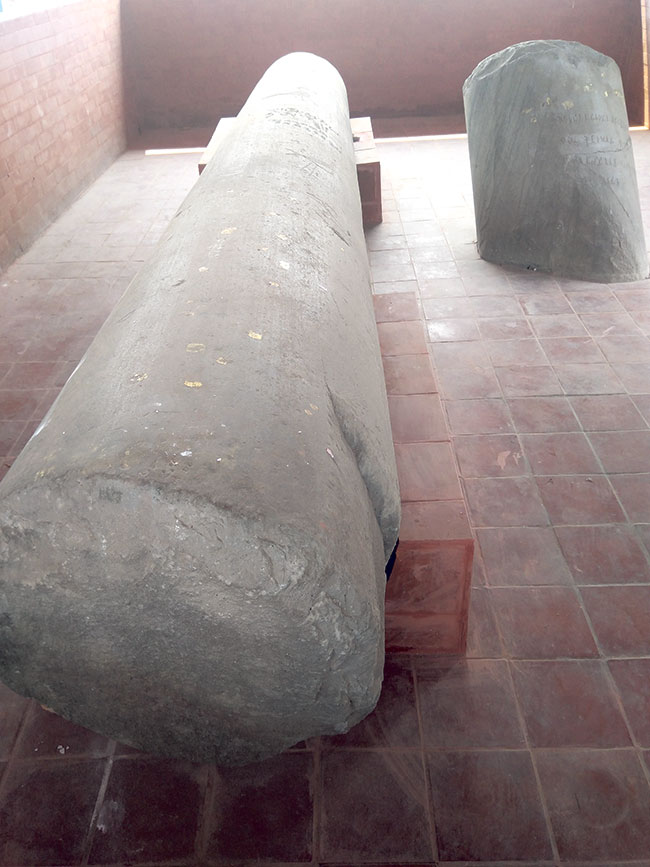 Niglihawa is the place where Kanakmuni Buddha was born. King Ashoka visited the site in 249 BC and erected the Ashoka pillar that has now broken into two pieces. The Stupa, however, is still missing. The pillar boasts two different manuscripts — one in Pali language and another in Sanskrit.
Niglihawa is the place where Kanakmuni Buddha was born. King Ashoka visited the site in 249 BC and erected the Ashoka pillar that has now broken into two pieces. The Stupa, however, is still missing. The pillar boasts two different manuscripts — one in Pali language and another in Sanskrit.
Araurakot
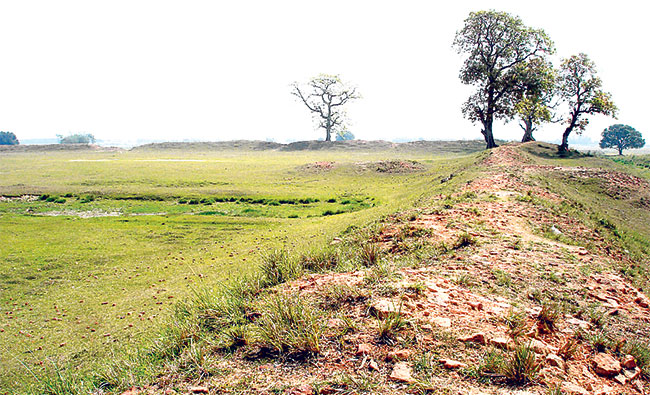 Araurakot is believed to be the native town of Kanakmuni Buddha where he lived, grew up and spent his married life. About three kilometers northwest of Niglihawa, Araurakot lies on the rectangular fortified area. The rectangular fortification wall looks magnificent even in its ruins.
Araurakot is believed to be the native town of Kanakmuni Buddha where he lived, grew up and spent his married life. About three kilometers northwest of Niglihawa, Araurakot lies on the rectangular fortified area. The rectangular fortification wall looks magnificent even in its ruins.
Sagarhawa
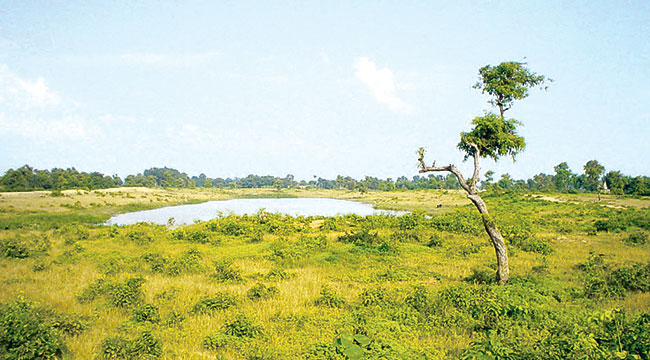 Sagarhawa is the forest site where the ruins of an ancient pond were excavated in 1895. Archeologists have identified this site as the “palace of the Massacre of the Shakyas”. The ruins of the ancient site lie on the west and south banks of the pond known as Lumbu Sagar. Sagarhawa is about 12 kilometers north of Taulihawa Devdaha.
Sagarhawa is the forest site where the ruins of an ancient pond were excavated in 1895. Archeologists have identified this site as the “palace of the Massacre of the Shakyas”. The ruins of the ancient site lie on the west and south banks of the pond known as Lumbu Sagar. Sagarhawa is about 12 kilometers north of Taulihawa Devdaha.
Devdaha
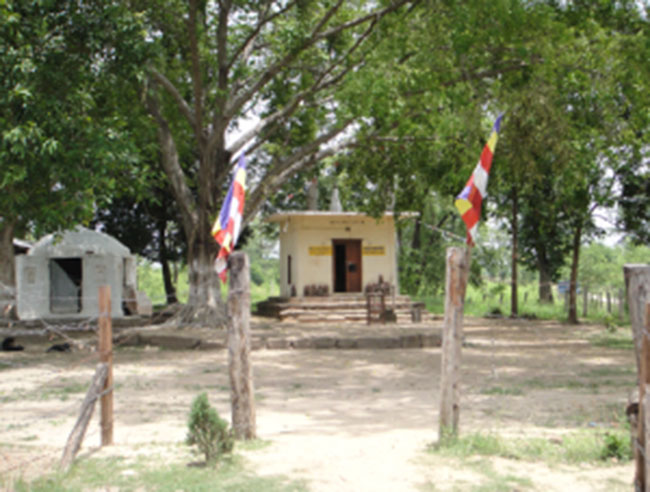 Devdaha is the maternal home-town of Siddhartha Gautam’s mother Queen Mayadevi, Queen Prajapatini and his wife Yasodhara, which is also known as the ancient capital of Koliya Kingdom.
Devdaha is the maternal home-town of Siddhartha Gautam’s mother Queen Mayadevi, Queen Prajapatini and his wife Yasodhara, which is also known as the ancient capital of Koliya Kingdom.
Ramagrama
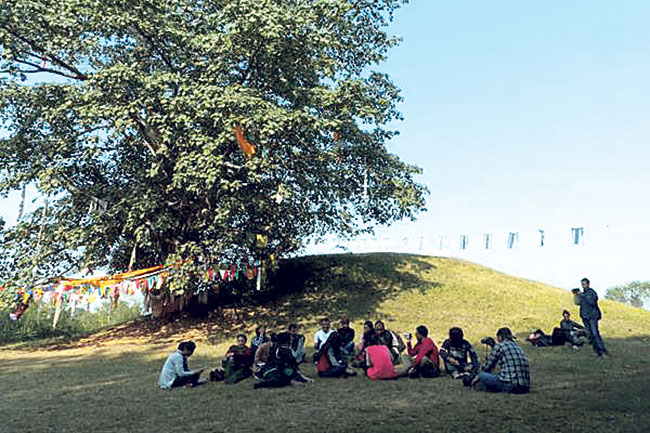 The Koliyas obtained one of the eight parts of the Buddha’s relic which they enshrined here and built a magnificent Stupa and worshipped for a long time. Buddhist literary sources mention that Emperor Asoka wanted to open and obtain the Buddha’s relic to build 84,000 small Stupas throughout his vast empire. However, the emperor did not touch the precious relic out of the request made by a serpent and people of Ramagrama.
The Koliyas obtained one of the eight parts of the Buddha’s relic which they enshrined here and built a magnificent Stupa and worshipped for a long time. Buddhist literary sources mention that Emperor Asoka wanted to open and obtain the Buddha’s relic to build 84,000 small Stupas throughout his vast empire. However, the emperor did not touch the precious relic out of the request made by a serpent and people of Ramagrama.


Leave A Comment